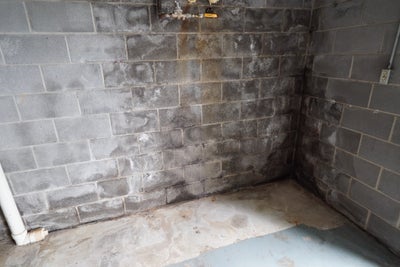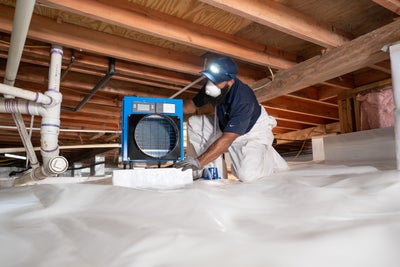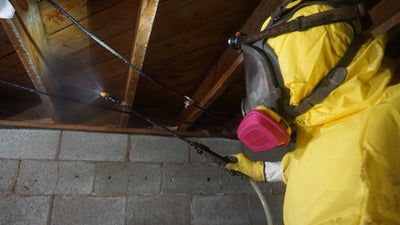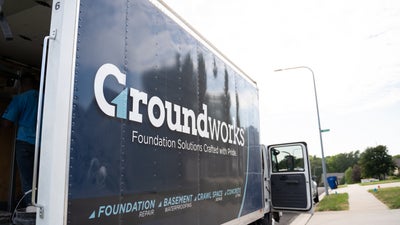How Mold Grows on Concrete

Mold is a common and destructive occurrence in homes. It grows on many materials, including concrete. Understanding mold growth helps homeowners take preventative steps to address and safely remove it.
This page explores mold, its effects on concrete, and what you can do to protect your home.
What Causes Mold Growth on Concrete?
Mold spores require moisture, warm temperatures, and organic material to germinate and grow. Surprisingly, this can occur on damp concrete if dust, leaves, or building materials are present on its surface. Together, these elements create an ideal environment for mold germination and spread.
Mold produces an acid that deteriorates concrete, making it more porous and allowing more moisture and particles to accumulate. This creates an endless cycle of mold growth and concrete deterioration.
Factors for Mold Spread
Mold thrives when the following elements are present in a given environment:

- Oxygen: Mold requires oxygen to survive, which is why it doesn’t grow underwater or in airtight containers.
- Temperature: Mold thrives in temperatures between 40°F and 120°F. Any temperature changes below or above this threshold cause mold dorm.
- Humidity: Mold requires moisture and humidity levels above 50 percent to grow.
- Food Source: Mold feeds on dirt, dust, pollen, and bacteria accumulation on concrete.
With a dry environment, you remove the moisture mold needs to survive and make it impossible for mold to grow.
How to Prevent Mold Growth on Concrete
Preventing mold growth begins with proper construction practices and maintenance. Effective strategies to prevent concrete mold growth include:

- Natural Ventilation: Implement natural ventilation to dry any wet construction materials.
- Protective Barriers: Use protective barriers and water-resistant materials during construction.
- Mindful Installation: Avoid placing drywall near wet concrete to prevent mold hotspots.
- Post-Construction Care: Use dehumidifiers and waterproofing measures to regulate temperatures and moisture to maintain proper humidity levels.
- Regular Maintenance: Regularly inspect and clean mold-prone areas, like basements and crawl spaces.
How to Remove Mold Growth on Concrete

Addressing mold growth promptly is crucial, but the process poses safety and health risks if not done correctly. We do not recommend DIY mold removal methods, as they can spread mold spores and exacerbate the issue. Contacting a mold remediation specialist is the best way to prevent these problems and achieve a long-term solution. Professionals use techniques like soda blasting to remove mold without harsh chemicals.
Does Your Home Have a Mold Problem?

Understanding the causes, prevention methods, and removal options for mold on concrete can help you protect your home and health. If you observe mold growth or are unsure if your home has it, contact a professional like Groundworks. We offer free inspections to identify mold and provide tailored solutions, keeping your home healthy and safe.